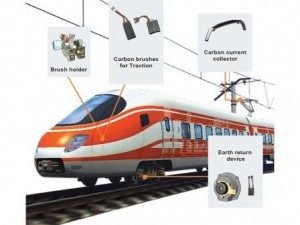thettctransitfanatic
Senior Member
Who's taking bets on the first motorist to drive on the right-of-way?
Well, maybe another one of the many automobile gods...
Who's taking bets on the first motorist to drive on the right-of-way?
If only because the construction is bloody (thought of dropping an f bomb) brutal. Go construction guys, go!
Short answer: No. ATO and ATC are distantly related but not the same.Hey in the underground portion I heard they'll be using ATC. Does it mean it's automated?
Hey in the underground portion I heard they'll be using ATC. Does it mean it's automated?

So it'll similar to what's been going on with the signal upgrades on line 1It has to be.
CBTC is a combination between driver input and computer control.
ATC is 100% computer controlled.
I guess the drivers will have their lunch break while in the tunnels.
Although with driverless car tech around the corner, I'm sure the entire line will become completely automated in the not too distant future. Its easier to make an LRT on a track driverless than a car with wheels that has to steer.
Although with driverless car tech around the corner, I'm sure the entire line will become completely automated in the not too distant future. Its easier to make an LRT on a track driverless than a car with wheels that has to steer.
Does anyone think that maybe the Eglinton line might provide a bit of relief to the busy Bloor Danforth line?




